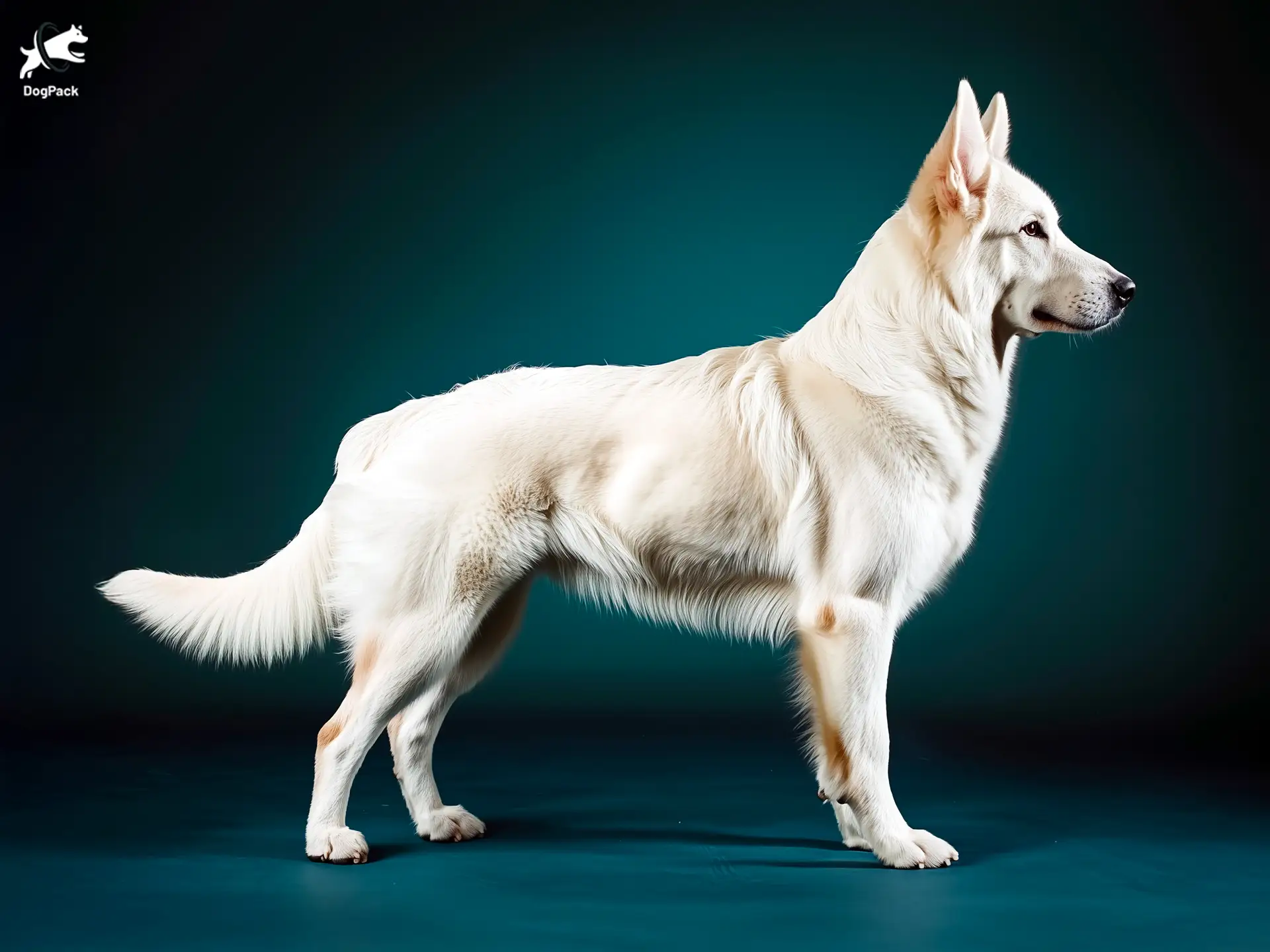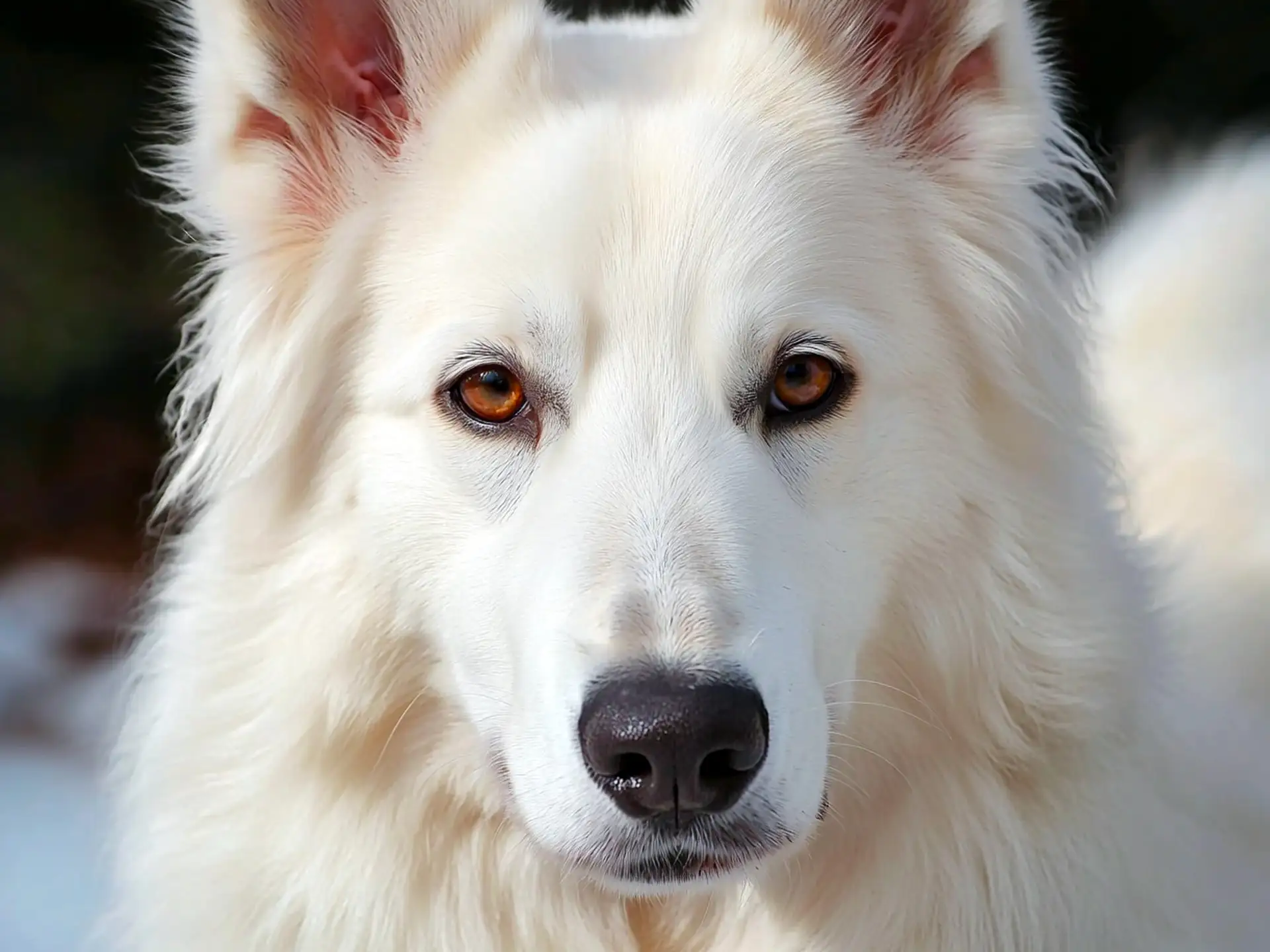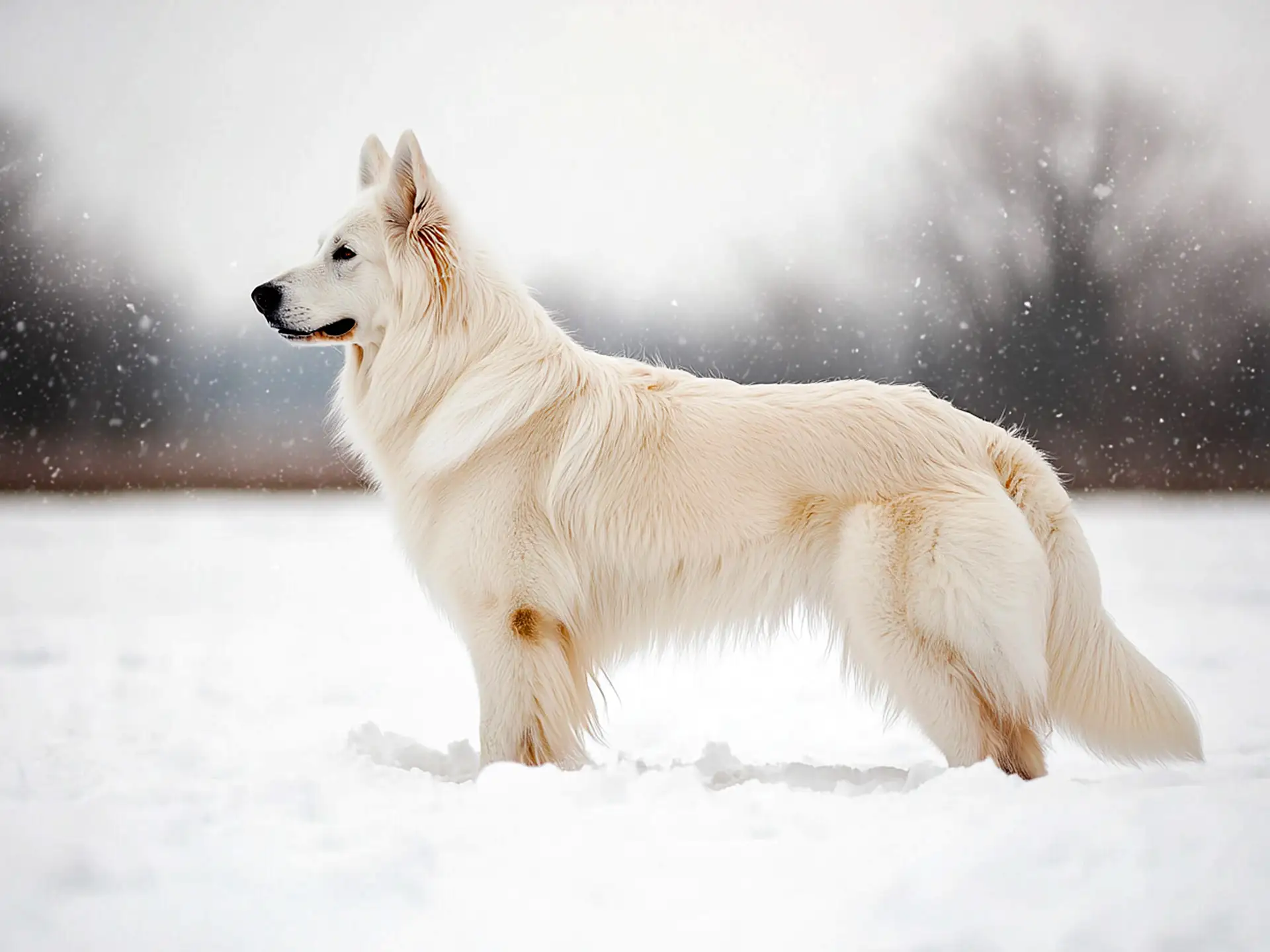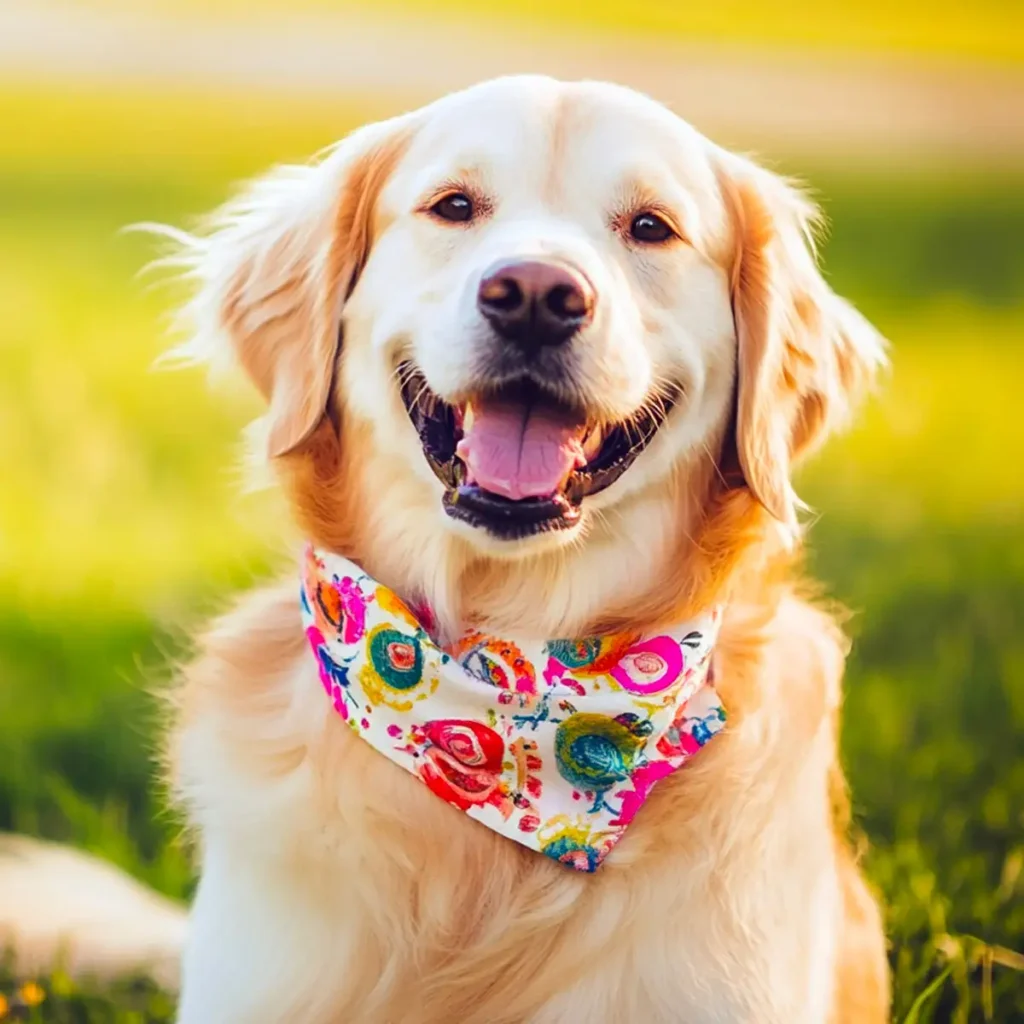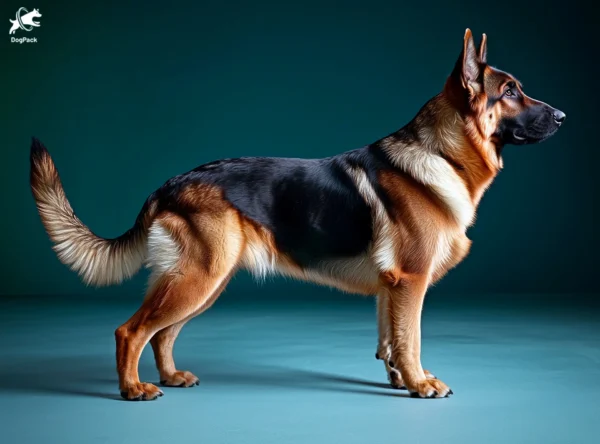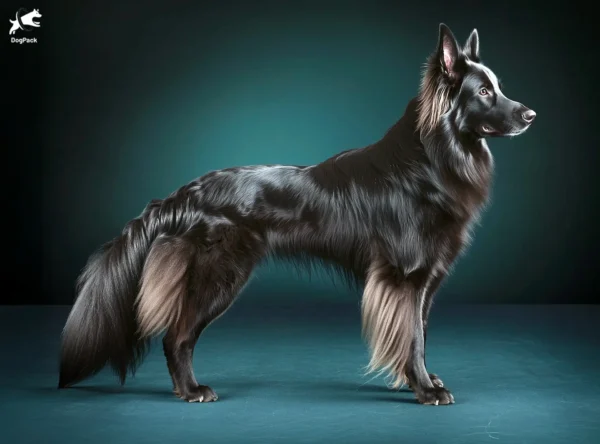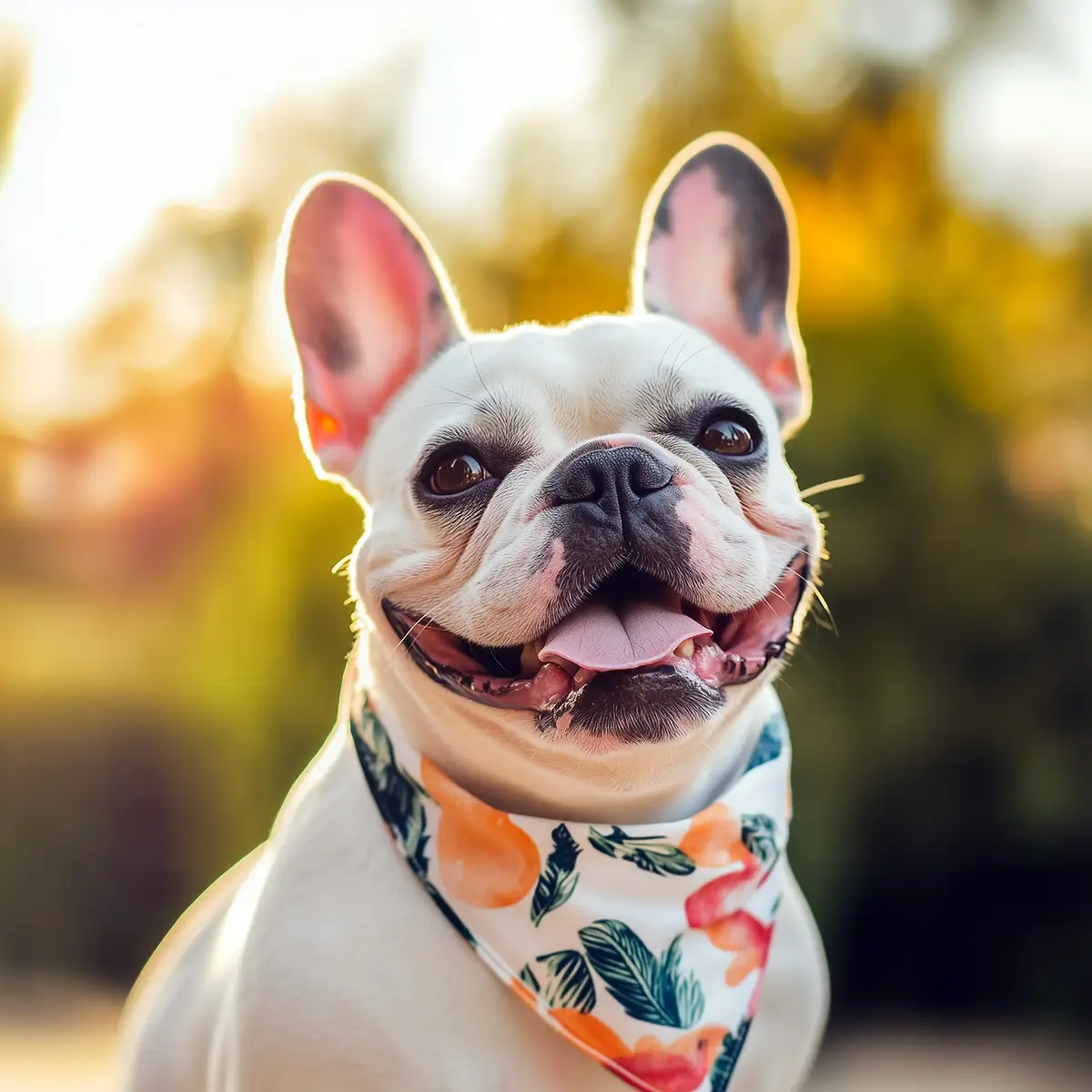White Shepherd Dog Breed Info & Overview
The White Shepherd is a strikingly intelligent and devoted breed, known for its pristine snowy coat and strong guardian instincts. With a perfect balance of grace and protection, these loyal companions thrive in active households. Quick to learn and eager to please, the White Shepherd excels in obedience, making them an ideal choice for families seeking both a devoted pet and a capable protector.
Characteristics
Pictures
Breed History
Despite popular belief that the German Shepherd only has a black-and-tan coat, white-coated pups have existed from the breed’s earliest days. Originally seen as an undesirable trait, the pale coloration persisted in certain bloodlines throughout Europe and North America. Over time, dedicated breeders recognized the beauty and strong working qualities that these light-colored dogs possessed. For more details on other shepherd dogs, see our Shepherd dog breeds category.
In the mid-20th century, enthusiasts in the United States and Canada diligently worked to establish a distinct line of these all-white canines. While some canine organizations viewed them as a mere color variant, others championed the cause of formal recognition. Thanks to these efforts, the unique look and temperament of the breed began to flourish in dedicated circles.
Eventually, the White Shepherd emerged as a separate breed in certain registries, most notably recognized by the United Kennel Club in 1999. This milestone honored the breed’s distinctive qualities, from its striking pale coat to its earnest desire to serve. Today, the White Shepherd stands tall as an independent yet closely related cousin to the traditional German Shepherd Dog.
Temperament, Personality
This breed is famously alert and quick to learn, always eager to keep an eye on its surroundings. They bond deeply with their families, showcasing unwavering devotion and a strong protective streak. While they thrive on human interaction, early socialization is crucial to ensure they adapt well to unfamiliar faces and environments.
When it comes to children, these dogs often form gentle and patient friendships, relishing the chance to join in on playtime and family games. However, their size and energetic spirit can unintentionally knock over smaller kids. Supervision is recommended, especially until both child and canine learn to interact calmly and respectfully.
The White Shepherd tends to be reserved with strangers, though consistent positive interactions help them remain confident rather than overly suspicious. They enjoy having a job to do, whether it’s herding the backyard squirrels or serving as a loyal companion on morning jogs. Proper direction and mental stimulation go a long way in keeping these canines fulfilled.
Physical Characteristics
Elegance and athleticism define this dog’s appearance, with a muscular physique and an unmistakably proud stance. Its body is typically well-proportioned, providing both agility and power. Though they share many traits with the German Shepherd, these dogs display a unique brightness in their white coats, which can vary slightly from pure white to a creamy or biscuit hue.
Ears are erect and triangular, giving an alert expression, while their almond-shaped eyes can range from dark brown to lighter shades of amber. A bushy tail often curves slightly when at rest. The double-layer coat provides insulation, protecting them from harsh weather and allowing them to remain comfortable in cooler climates, especially during active outdoor pursuits.
In terms of size, the White Shepherd usually stands slightly taller than some working dogs but maintains a sleek frame that favors agility. Males can appear more robust, while females often exhibit a finer, more graceful build. Overall, their aesthetic combines a regal bearing with the practical endurance required for herding, protection, and various canine sports.
Health Issues
Like many large breeds, these dogs can be prone to hip and elbow dysplasia, conditions that affect joint function and mobility. Regular vet check-ups, along with maintaining a healthy weight, can help mitigate potential issues. Early screening through X-rays or other diagnostic tools is often recommended, especially for dogs intended to be used in breeding programs.
Digestive sensitivities and allergies may arise, highlighting the importance of a balanced, high-quality diet. Some individuals experience skin irritations, which might be linked to environmental factors or food-based triggers. Providing consistent flea and tick prevention, as well as prompt treatment for infections, ensures that they remain comfortable and maintain their signature pristine coat.
For the White Shepherd, routine exercise supports healthy muscle tone and joint health, reducing the likelihood of weight-related complications. Monitoring for signs of bloat, common in deep-chested breeds, is also essential. As always, a proactive approach—regular veterinary visits, recommended vaccinations, and genetic testing—can enhance the overall well-being and longevity of this remarkable companion.
Grooming Needs
Despite their dazzling appearance, these dogs are not for owners who shy away from vacuuming. Their double coat sheds year-round and can ramp up during seasonal changes. Frequent brushing—at least twice a week—keeps loose hair under control and helps distribute natural oils, giving their coat a healthy sheen while preventing mats from forming.
Consider investing in a quality brush or grooming tool that can penetrate through the dense undercoat. Bathing should be done sparingly—once every few months or when they’re especially dirty—to avoid stripping essential oils. Overbathing might lead to dry skin and an increased risk of dandruff, so a balanced approach keeps both dog and owner happy.
For the White Shepherd, weekly ear checks and nail trims also form part of routine care. Their light-colored coat can easily show dirt, so keeping a damp cloth handy for quick wipe-downs helps preserve that fresh look. Finally, regular dental hygiene—like brushing or chew toys—can reduce plaque buildup and keep their breath pleasantly neutral.
Exercise Requirements
These energetic dogs thrive when they have plenty of space and time to burn off steam. A simple walk around the block rarely suffices; they benefit from engaging activities like fetch, agility courses, or even advanced obedience drills. Physical exercise paired with mental stimulation helps channel their energy productively and reduces the likelihood of boredom-induced mischief.
Since they love to be involved, consider interactive games or tasks that can challenge their minds. Hide-and-seek with treats or short training sessions scattered throughout the day keep them engaged. Regular off-leash runs in secure areas can help them stretch their legs, but recall training is essential to ensure they return without chasing after distractions.
For the White Shepherd, at least 60 to 90 minutes of varied exercise each day is recommended. They excel in sports such as tracking, nose work, or disc dog competitions, where they can put their agility and focus to good use. Providing a balance of both mental and physical outlets ensures a well-rounded, contented companion.
Training Tips
From puppyhood onward, a consistent training routine sets the foundation for an obedient adult dog. Positive reinforcement methods, such as treats and praise, work best for establishing trust and cooperation. Since these dogs are keen observers, they’ll quickly pick up on your emotional cues, so remaining calm yet assertive fosters an environment where learning becomes both fun and effective.
Introducing new commands in short, frequent sessions keeps them engaged and prevents boredom. If they start showing signs of restlessness—like pacing or barking—switch to a more interactive exercise before returning to structured training. This adaptability ensures that lessons remain fresh and prevents frustration, which can sabotage your progress in teaching critical obedience skills.
For the White Shepherd, mental stimulation is just as crucial as physical. Incorporate puzzle toys, scent games, or advanced obedience drills to challenge their minds. Avoid harsh disciplinary methods, as they can become wary or anxious when handled aggressively. By focusing on patience, consistency, and rewarding good behavior, you’ll shape a confident, well-mannered companion.
Nutrition, Diet
Because this breed is prone to joint issues, a diet rich in high-quality protein and joint-supporting nutrients is essential. Look for foods containing glucosamine and chondroitin, as well as a moderate fat content to maintain lean muscle mass. On average, an active adult may consume about 3 to 4 cups of premium kibble daily, split into two meals.
To further support bone and joint health, consider formulas supplemented with omega-3 fatty acids from fish oil. They can help reduce inflammation and keep coats glossy. With a high drive and plenty of daily exercise, these dogs burn calories quickly, so monitoring their weight ensures they don’t become undernourished or overfed, both of which can stress developing joints.
For the White Shepherd, some owners rotate between dry kibble, raw diets, and even freeze-dried options to find what suits their pet’s digestion best. Always introduce new foods gradually to avoid digestive upsets. Adding nutrient-dense toppers like pumpkin or plain yogurt can enhance gut health while providing a tasty reward for those who’ve worked up an appetite.
Adoption, Breeders
Locating a well-bred puppy involves more than scanning classified ads; reputable breeders prioritize health testing and socialization from day one. Ask about genetic screenings, meet the puppy’s parents if possible, and observe the living conditions to gauge ethical standards. Thorough research helps you find a trustworthy source that fosters healthy pups with stable temperaments.
When looking to adopt, check breed-specific rescue groups that truly understand these dogs’ needs and temperaments. Organizations like the White German Shepherd Dog Club International, the United White Shepherd Club, or the American White Shepherd Association often list reputable rescues and foster networks. Shelters may also occasionally have an adult White Shepherd awaiting a second chance, so thorough inquiries can lead you to the perfect match.
For those set on a purebred White Shepherd from a specific lineage, the United Kennel Club offers recognized breeder directories. Before committing, inquire about health guarantees, ask for references from previous buyers, and confirm you’re ready for the breed’s exercise and grooming commitments. A responsible purchase or adoption will create a lasting, devoted bond.
Family Pet?
Bringing one of these dogs into a family environment means introducing an intelligent, vigilant companion eager to participate in daily life. Their loyalty makes them protective, so they’ll often watch over children with a gentle yet careful eye. Families that value structured routines and enjoy outdoor activities usually see this breed’s lively energy as a welcome addition.
Of course, early training and consistent rules help everyone coexist peacefully, especially when kids are young. Teaching youngsters the basics of dog body language and respectful handling can prevent misunderstandings. These canines thrive on positive interactions, so offering a comfortable space for them to retreat to—especially during hectic playtimes—ensures they remain relaxed and happy within the home.
A White Shepherd can integrate seamlessly into households with other pets if proper introductions are made. They typically get along with cats or smaller dogs, provided each animal respects the other’s boundaries. By establishing predictable routines and encouraging calm interactions, families often find that these dogs become a harmonious part of their multi-pet dynamics.
Right For You?
If you crave an active, outdoorsy lifestyle and seek a loyal partner for everything from hiking to agility, this breed might be the perfect match. Their unwavering focus and desire to bond closely suit owners who appreciate structured play and training sessions. However, those who prefer a couch-centric routine may find their constant energy overwhelming.
Apartment living can be challenging, given these dogs’ size and exercise needs. A secure yard or frequent trips to open spaces are ideal for burning off their vigor. Additionally, they need mental engagement to stave off boredom, which might lead to unwanted behaviors like excessive barking or destructive chewing. Providing puzzles, tasks, and consistent companionship addresses these concerns.
The White Shepherd is a thoughtful choice for those willing to invest time in training, grooming, and daily exercise. Prospective owners should consider their work schedule, energy level, and budget for quality dog food and veterinary care. If you can fulfill these requirements, expect a steadfast friend who’ll reward you with endless loyalty and protection.
Conclusion
Choosing this breed means welcoming a bright, devoted, and ever-watchful companion into your life. Their snowy coat and keen intelligence make them stand out, but they also require consistent mental and physical stimulation to stay happy. A well-socialized White Shepherd can excel in family homes where play, training, and plenty of bonding time are part of the routine. With proper guidance, these dogs thrive as steadfast protectors and loving companions, blending loyalty with a ready-for-anything spirit. If you’re willing to invest in their grooming, exercise, and social needs, they’ll reciprocate with unyielding devotion for years to come. When offered the structure they crave, this breed becomes a treasured member of the family.
FAQs
-
How is the White Shepherd different from the standard German Shepherd?
The White Shepherd is a direct descendant of the German Shepherd but was selectively bred for its white coat, softer temperament, and sometimes better adaptability as a family pet. They tend to be less aggressive, more reserved, and often gentler in demeanor than traditional German Shepherds.
-
Does the White Shepherd’s coat require more maintenance than a standard German Shepherd?
Yes, the White Shepherd’s thick, double coat is prone to shedding year-round, with heavy seasonal shedding in spring and fall. Regular brushing (at least 2–3 times per week) and occasional baths help keep their coat clean and reduce loose fur around the house.
-
Are White Shepherds more prone to sunburn than darker-coated dogs?
Yes, White Shepherds are more susceptible to sunburn, especially on exposed areas like the nose, ears, and belly. If they spend extended time outdoors, dog-safe sunscreen and shade access are essential to protect their sensitive skinfrom sun damage.
-
Is the White Shepherd recognized as a separate breed from the German Shepherd?
While some kennel clubs, like the United Kennel Club (UKC), recognize the White Shepherd as a distinct breed, others, like the American Kennel Club (AKC), classify them as a color variation of the German Shepherd. However, they have distinct breeding lines.
-
Are White Shepherds more suitable for families than standard German Shepherds?
Yes, White Shepherds tend to have a calmer, more even temperament, making them excellent family dogs. They are loyal, intelligent, and affectionate, but they still require early socialization and consistent training to ensure they develop into well-behaved companions.
Breed Ratings
Extremely bright and quick to learn, they excel at problem-solving, making training challenging and rewarding.
They love interactive games and enjoy engaging with family members, though they may also take their watchdog duties quite seriously.
High-octane canines needing daily exercise. Activities like hikes, agility, and brisk walks help channel their abundant energy effectively.
Expect heavy shedding year-round, with seasonal blowouts. Regular brushing reduces loose fur but be prepared for flying fluff.
They can chase small animals if not supervised. Early socialization and obedience training help moderate their natural curiosity.
Frequent brushing is needed to manage their dense coat. Baths are occasional, but ear checks and nail trims are essential.
Eager to please and intelligent, they respond well to positive methods. Consistency is key to shaping a disciplined companion.
They bond closely and may become anxious if left for long. Adequate exercise and interactive toys can minimize stress.
Alert by nature, they’ll bark at perceived threats. Proper training prevents excessive vocalizing while retaining watchdog instincts.
Generally moderate, though they may drool after vigorous play. Keeping a towel handy can help when they shake off.
With early socialization, they usually get along well with other canines. Monitoring introductions ensures smooth inter-dog relationships.
Typically robust, but watch for joint and digestive issues. Proactive care, balanced nutrition, and vet check-ups support longevity.

